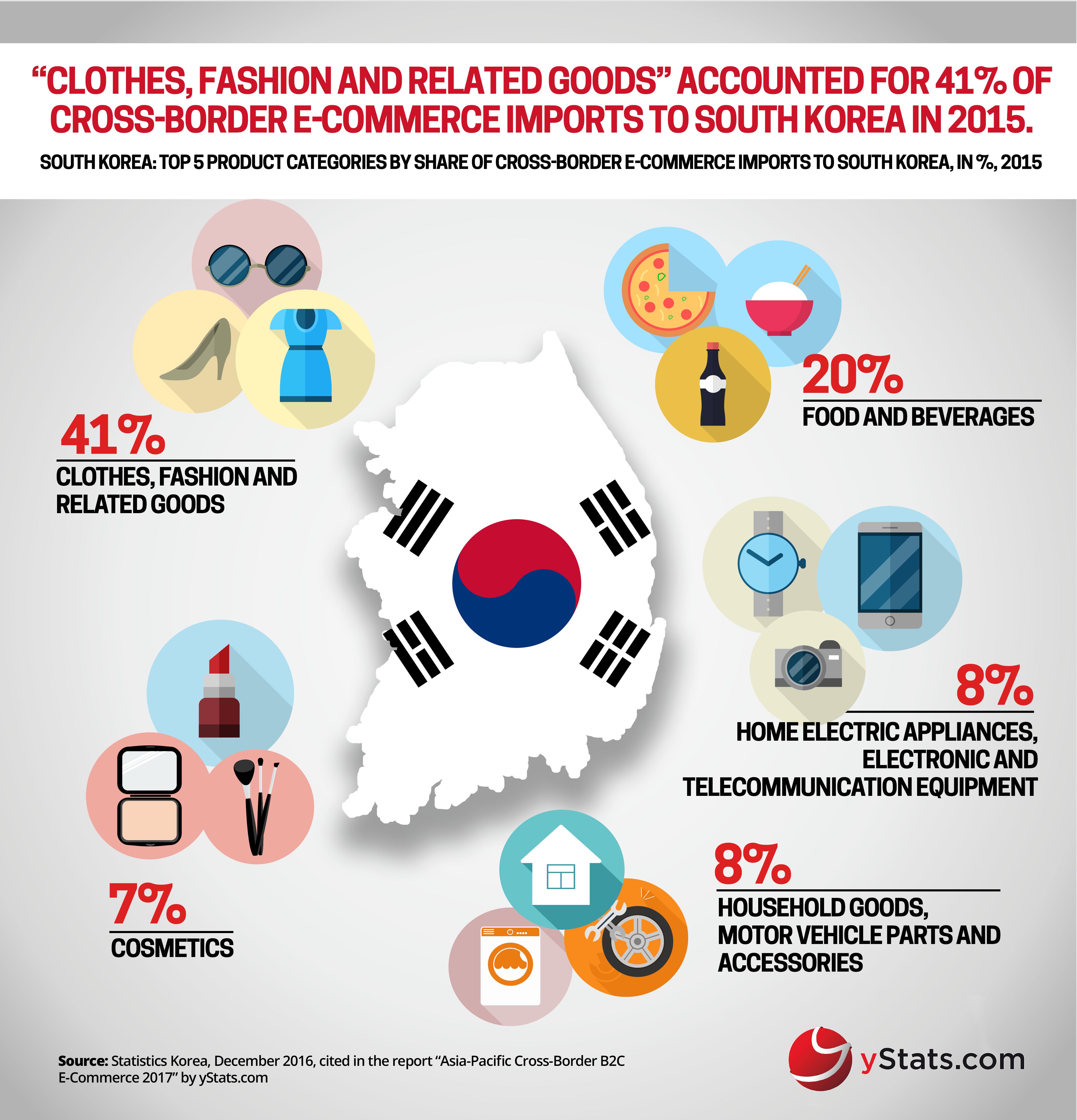Leading secondary market research organization yStats.com, based in Hamburg, Germany, and specializing in E-Commerce and online payment business intelligence, has released a new publication “Asia-Pacific Cross-Border B2C E-Commerce 2017”. The report provides an insight into the fast growing cross-border trend, citing key market statistics, surveys and forecasts. Among the projections included in the report is that the Asia-Pacific region is forecasted to become the largest among global regions by cross-border online retail sales in 2020.
Asia-Pacific is the largest region by online retail sales worldwide and is rapidly gaining importance in cross-border E-Commerce as well, as demonstrated in the yStats.com’s report. With the strong double-digit growth between 2014 and 2020, Asia-Pacific is projected to make the largest contribution to global B2C E-Commerce sales, outpacing Western Europe, North America and others.
China is among the frontrunners in this trend, with both cross-border online imports and exports rising rapidly. Australia and Singapore rank higher than China by share of online shoppers buying cross-border, but have a smaller overall market size. South Korea is not far behind, with nearly 50% of online shoppers buying directly from overseas sellers, according to a recent survey cited in this report by yStats.com. Online shoppers in Japan are least likely to purchase cross-border. E-Commerce exports from Japan to China and the USA exceed imports from these countries to Japan by a large margin.
Apparel and fashion-related items are the product categories most demanded by cross-border online shoppers from South Korea and Australia. In China, however, more online shoppers buy cosmetics and products for children overseas than clothes or footwear. Another peculiarity about Chinese cross-border online shoppers revealed in yStats.com’s research is that nearly two-thirds of them prefer to purchase through cross-border channels of Chinese E-Commerce websites, like Alibaba’s Tmall Global or JD.com’s JD Worldwide.



